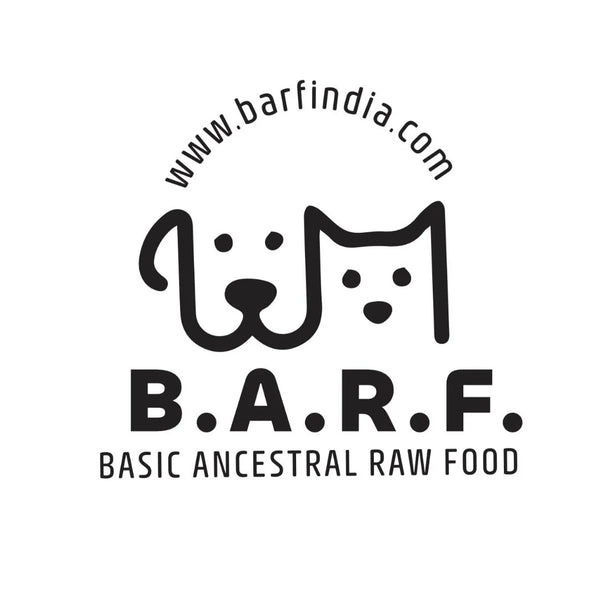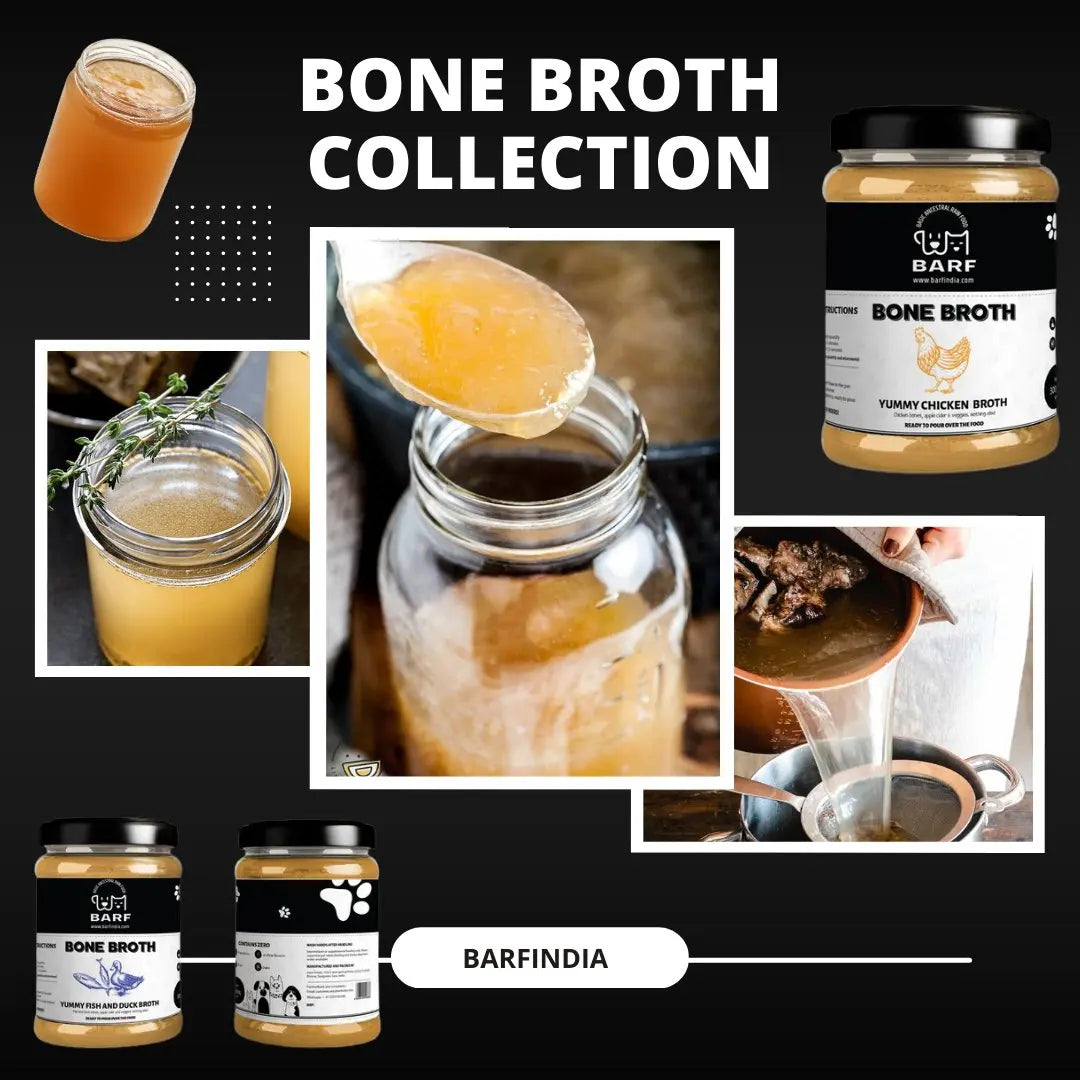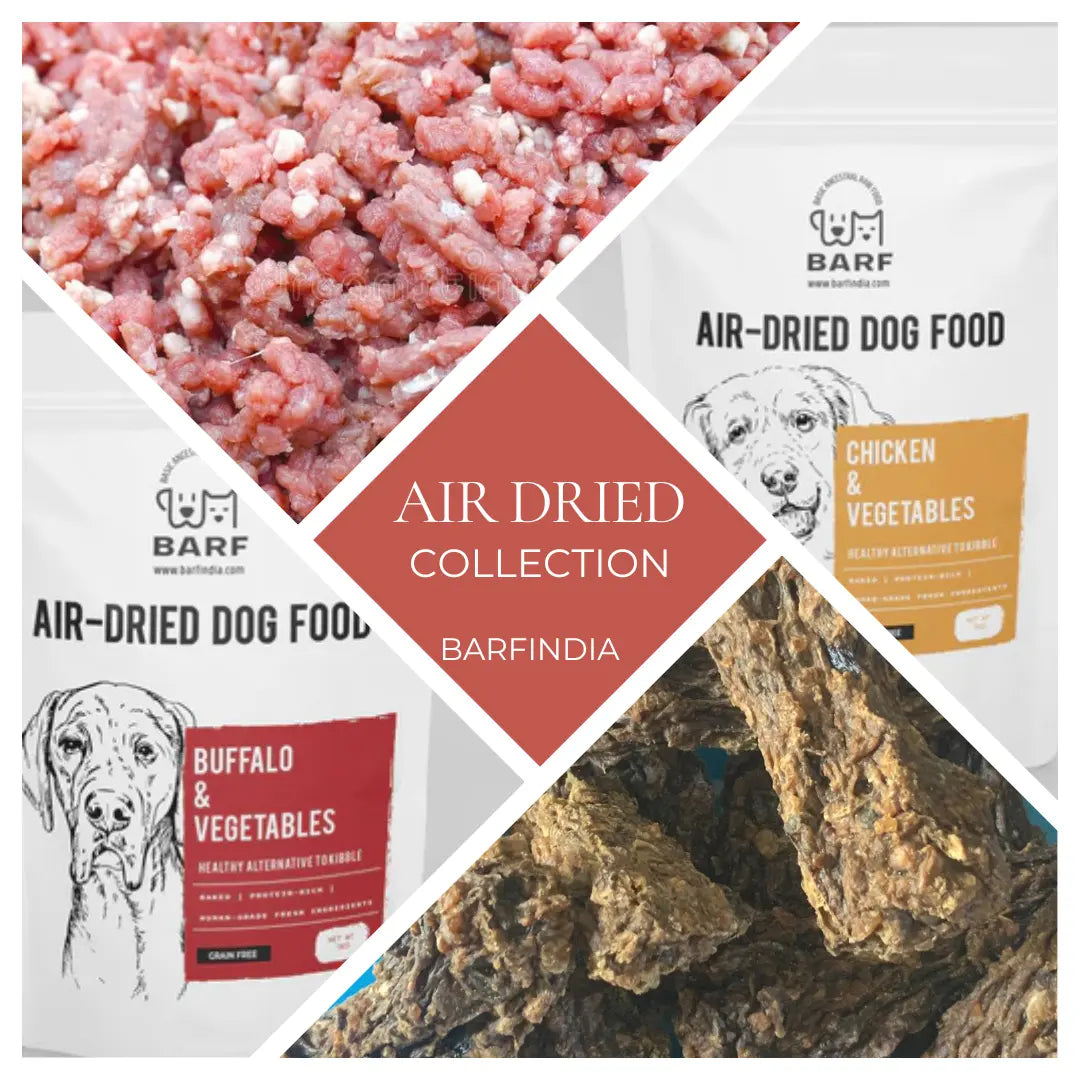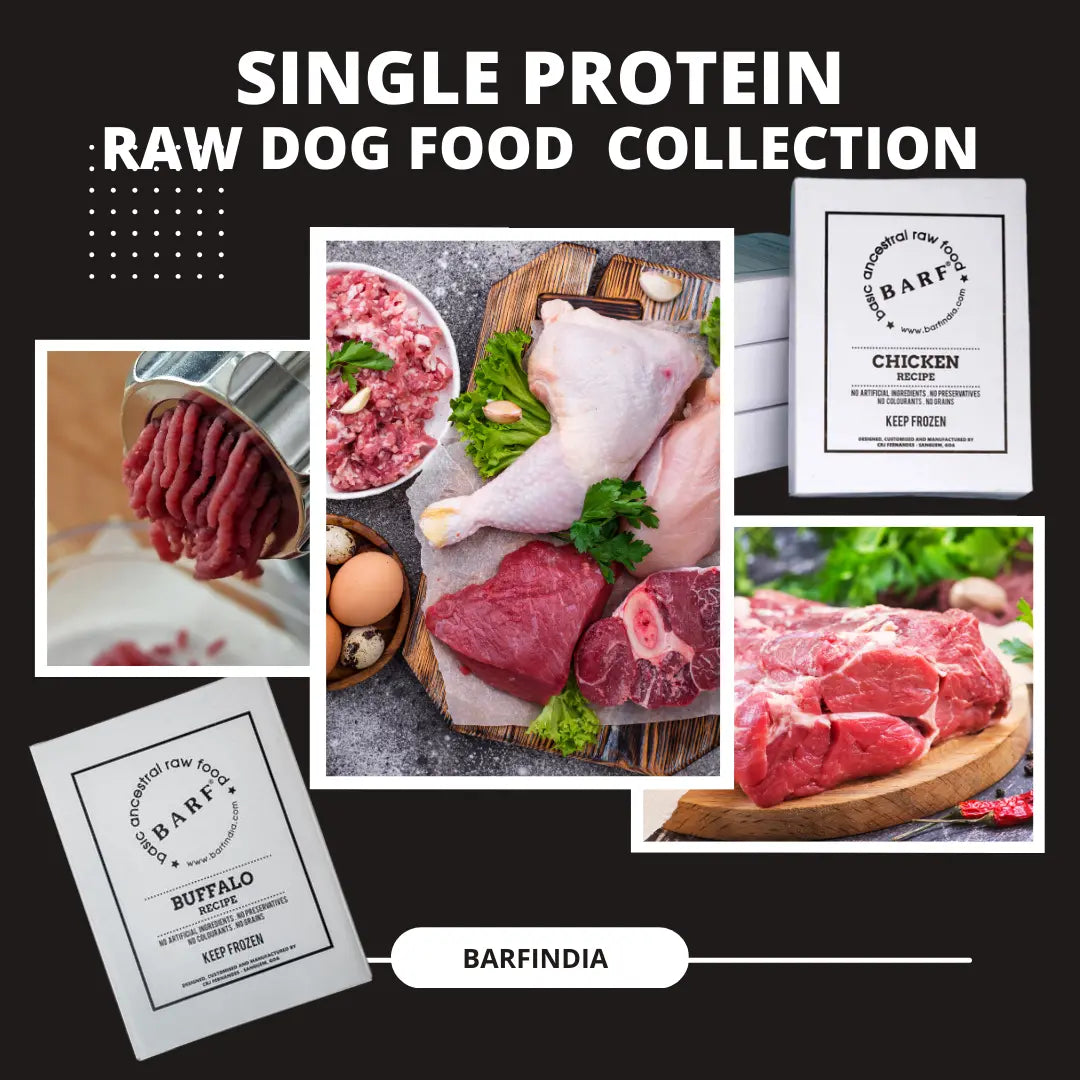Raw Food for Dogs! Myths Busted!
B.A.R.F. India AdministratorRaw Food for Dogs
Understandably switching from a dog food or homemade diet to a raw diet can be filled with uncertainty. Add to that the countless number of people, many of them well-meaning animal lovers themselves, who will try and dissuade you from shifting your dog to its natural diet. Yes, that’s the first myth busted right there: raw food is your dog’s natural, real diet. If you have the slightest doubt, just imagine a wild dog (or any wild carnivore) cooking its food. Made you smile, right? This article aims at giving you real facts and shattering most myths associated with raw feeding. Armed with this information, you will be better prepared to handle questions and concerns. Perhaps, even help someone just as worried make the transition to raw for their dog. Ready to begin learning? 
Myth one: Dogs aren’t wolves Yes, dogs have been domesticated, for several thousand years, but that does not mean their physiology or digestive system has changed. If you can look at the m-DNA of a dog and a wolf, you will notice that the two are identical. Whether the tiny pug or a full grown German Shepherd, your dog’s digestive system is exactly like that of the wolf, except the scales vary. Dogs might have been eating cooked or human-grade food since they’ve been domesticated but that has always been a small percentage of their diet. For many years, dogs would also scavenge and hunt to supplement their diet. And if anyone tells you that dogs have been eating processed food since 1860 (when it was manufactured and sold), stop laughing first. And then tell them that a century and a half isn’t enough for their digestive system to evolve. It takes 1000s of years, and more, for evolution to kick in. 
Myth two: Raw food is home to (dangerous) salmonella Yes, salmonella exists, and no, it is not dangerous – not to humans and definitely not to dogs. Salmonella is present in small amounts even in raw chicken meant for human consumption and yet the number of people actually suffering from salmonella poisoning is infinitesimally small. Salmonella cannot survive in a dog’s strong stomach acids, so there is no possibility of salmonella poisoning. Dog saliva does not carry salmonella, even right after having eaten salmonella-infected food. Salmonella, if any, will be found in a dog’s feces, and even then, the chance of you contracting it is only if you come in direct contact with the poop and don’t wash your hands afterward. Which is why it is important to pick up after your dog and make sure the poop is disposed-off properly. Did you know that your fur baby could have salmonella in her system even if you feed her processed food since it can be picked up from anywhere? Tell us more about your dog!!
Myth three: Raw food contains dangerous parasites
Wild animals attack the easiest prey, which could be old, frail and sick animals. They also eat rotting carcasses, and food that has been buried for a long time. And they suffer little or no side effects of this. People believe that raw food contains parasites that are dangerous to humans and pets alike. Nothing could be further from the truth. Dogs have very strong digestive acids that they can destroy all known parasites. If you wish, you can freeze the food for 48 hours before feeding it. Also, food-borne parasites which could target dogs don’t pose any risk to us. The best solution to this is to feed your dog human-grade raw food. 
Myth four: Raw fed dogs are at risk from neospora If you’ve heard of and are worried about effects of neospora on cattle, rest easy – there is no connection with your furry friend. Yes, the parasite is prevalent among cattle, but there have hardly been any cases of it affecting dogs. If you have to worry, it is only if you have a puppy or a dog with a compromised immune system, who seem more at risk. And no, there is no effect of this parasite on humans. 
Myth five: Raw fed dogs are at risk of renal failure Many people believe that raw bones can cause renal failure because of the excessive calcium and phosphorous present in the raw diet. This is a common mistake of new and over-enthusiastic pet-parent by feeding only RMB's. (Raw Meaty Bones). Calcium and phosphorous are both critical to your dog’s growth and overall health. Both these minerals are found mainly in bones and teeth and are relished by our canine companion. When you feed your dog a species-appropriate balanced diet, the dog gets the appropriate percentage of these two minerals. Did you know that canned and dried food actually contains more phosphorous than raw? 
Myth six: Raw fed dogs are at risk of choking on bones Dogs are meant to eat raw bones. They don’t splinter or rupture the stomach lining of your dog. The stomach acids of dogs can easily digest raw, uncooked bones. The act of chewing on the bones also keeps their teeth clean. Your dog is more likely to choke on dry, processed food nuggets. Now feeding cooked/boiled or steamed bones are the ones that splinter and are a major cause of damage in dogs. Not RAW bones! 
Myth seven: Raw food is covered in bacteria We can’t say this enough. Yes, raw food is covered with bacteria, but a dog’s saliva contains lysozyme, an enzyme that destroys harmful bacteria. Also, the acidic gut environment is a good way to keep bacteria population under control. And the short digestive tract of the dog pushes food out quickly, leaving the bacteria no time to grow. In fact, processed food is riskier when it comes to levels of bacteria since the starch fats and sugars present in processed food are idea bacteria breeding grounds.
"My Dog Isn’t a Wolf, but He Isn’t a Rabbit Either"
Go RAW!! Feed RAW!! Buy Now



